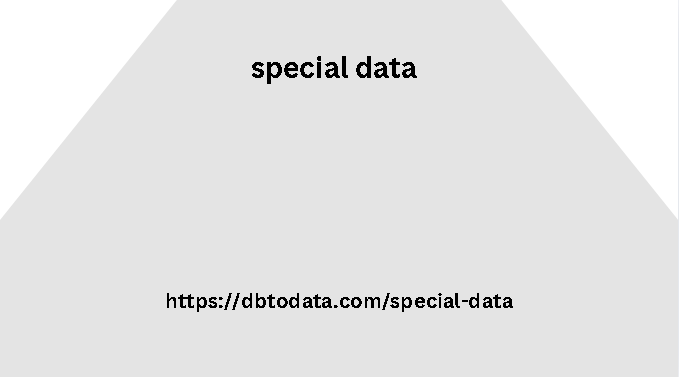But what if these critical reports could be generated, processed, and archived faster? What if agency reports could be processed in days or even minutes, rather than months or even years? For many state and local agencies, the good news is that they can.
The key is for agencies to maximize
Agencies can deliver faster business insights with greatly improved query and reporting response times, powered by on-premises, cloud, or hybrid solutions. At GovLoop’s recent virtual summit for state and local government innovators, we heard from David Gollob, cloud architect for analytics and AI at Microsoft.
He argued that governments can
leverage a range of Microsoft services to transform the way they report and develop actionable plans. To prove his point, he walked us through a amazon database hands-on example. Gollob began by showing a photo of a tree. It was a beautiful tree, and he admitted that he loved it. But Gollob quickly switched to a slide of a green, hungry-looking bug. This bug—a type of beetle—can decimate trees like the one Gollob showed.
In fact, it’s all too common on public parks
Other government lands—and often on a massive scale, taking down hundreds of trees at a time. Of course, the Department of the Interior and the the work of a product manager is somewhat cyclical Department of Parks work to try to prevent infestations of these beetles. However, the process for doing so is not simple. The traditional approach involves five steps: Acquire an expert.
Bring in an insect and tree expert to survey the land
Identify the beetle. These experts collect and classify insects to determine if the bugs are a threat. Log them. Beetle numbers, locations, and other releva rich data nt information are manually recorded in spreadsheets. Analyze the data. Data analysts scrutinize the data to determine if there is actually a threat, and if so, to what extent.

